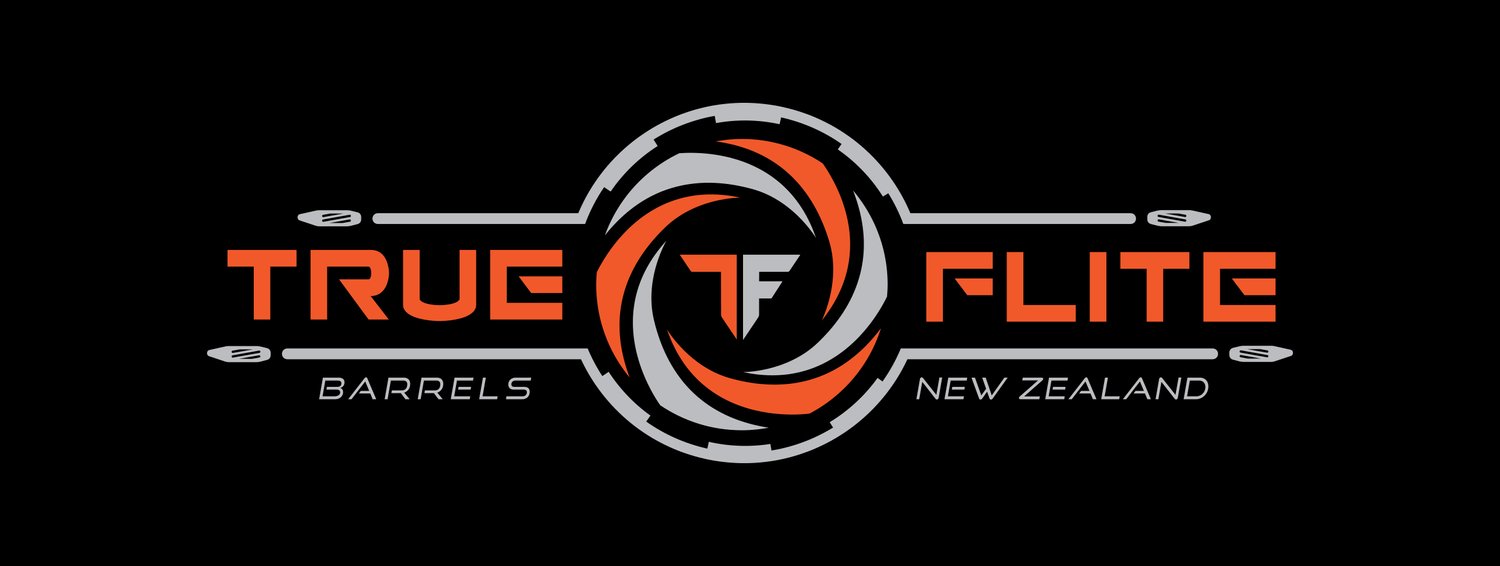Calibres and Twists
.20 (.204):
1:8”, 1:10”, 1:12”
.22 Rimfire:
1:16”
.224 Centrefire:
1:7”, 1:8”, 1:9”, 1:10”, 1:12”
6mm (.243”):
1:7.5”, 1:8”, 1:10”, 1:13”, 1:14”
.257”:
1:8”, 1:10”
6.5mm (.264”):
1:7”, 1:8”, 1:8.5”, 1:9”
.277”:
1:7”, 1:8” 1:10”
7mm (.284”):
1:8”, 1:8.5”, 1:9”, 1:10”
.30":
1:7”, 1:8”, 1:9”, 1:10”, 1:11”, 1:12”, 1:13”, 1:14”, 1:17”
.303:
1:10”
.338”:
1:9”, 1:10”
9mm (.355”):
1:10”
.358”:
1:12”
.375”:
1:10”
.50”:
1:9”, 1:15”
Selecting Twist Rate
Twist rate must be matched to the type of bullet(s) used in a particular calibre. Correct or most suitable twist is a function of several factors: bullet length, weight and shape and the overall velocity range at which the bullet is to be used. As a general rule, for a given ballistic coefficient, as the calibre becomes smaller, the twist rate must be faster. For example, a .30 calibre 155-grain match bullet with a b.c. of about .450 and a muzzle velocity of 2900 feet-per-second will remain stable to 1000 yards when fired from a 1-13" twist barrel whereas a .224 calibre match bullet with similar b.c. and muzzle velocity requires a 1-8" twist. Why? Remember the children's spinning tops? A heavier, larger diameter top will spin and remain stable for longer than a skinny one and therefore requires less initial spin.The greater the circumferential speed, the longer time the energy is retained. Our advice is to err on the side of more twist rather than less, particularly if you fancy some long-range gunnery, however excessively fast twist rates combined with high velocities may cause bullet core shift and in-flight bullet disintegration due to the high rotational forces produced. There are many excellent ballistic programmes available for your pc which will sort this out. My favourite is Load-From-a-Disk.
If in doubt, contact us for a recommendation as to correct twist rate for your barrel.
We are more than happy to provide barrels to customers' specifications however minimum quantities apply. Please e-mail for a quote.
